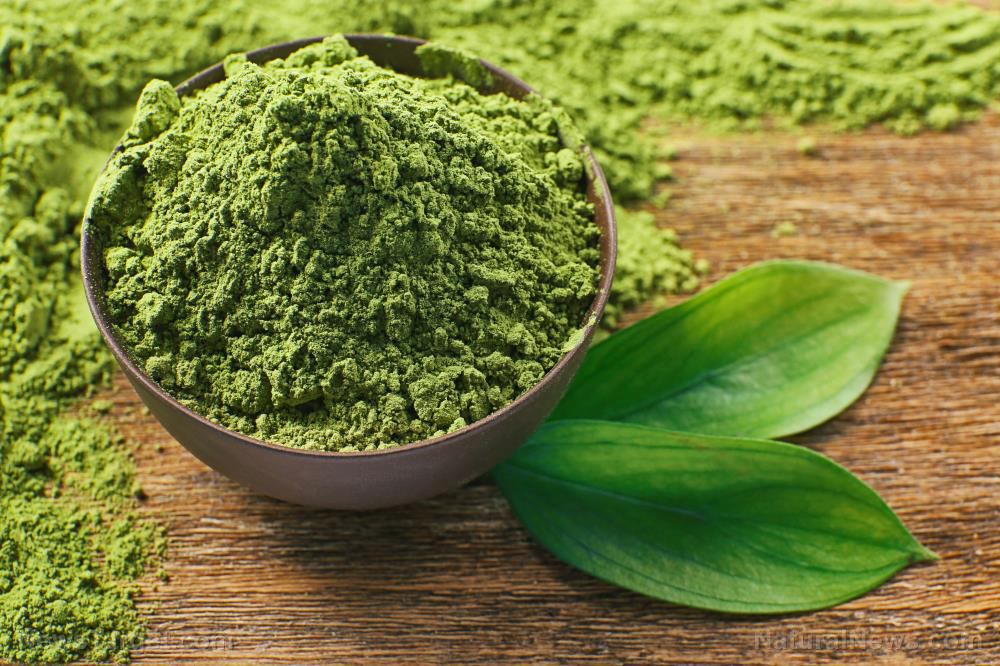
Advertisement
Many people are accustomed to the technologies and advantages of modern-day living. If you’re hungry, you can go out and order to-go meals or grab a sandwich at a convenience store. But this dependence on modern technology and material comforts might leave you at a loss in times of crisis.
A big part of survival, especially without the help of high-tech tools or equipment, relies not only on how well you can forage and hunt but also on your knowledge of natural food sources, such as insects, edible plants and fungi. If you don’t know where to look (or what to look for), you’d be in big trouble.
Here is a list of natural sources of food and medicine that you can easily rely on when you’re out in the wild.
Wild animals
The woods are home to game birds like grouse, pheasants, partridges, ducks and geese. If you know how to work a bow or how to fashion a quick trap, then it’s highly likely that you won’t lack for food.
It’s also quite easy to find and catch sheep in the wild, especially in grasslands and pastures. If you need a quick meal, go for hares and rabbits since these animals are some of the easiest to catch.
You might also come across deer and wild pigs. However, if you’re not an experienced hunter, it’s best to avoid these animals. Wild pigs can cause serious injury if you’re not careful, while a deer is likely to leave the area altogether if you fail to catch it the first time.
Fish
Fish is a valuable food source in the wild, especially since it provides omega-3 fatty acids and high-quality protein that you won’t find much of in small birds and mammals. All freshwater fishes are edible, even the ones that eat fish as well.
If you want to catch fish, look for signs that they are nearby. One way you can tell is if you notice ripples breaking out in regular intervals over the surface of the water. If you see several little fishes darting here and there, that also indicates a good spot to fish. You’re also likely to spot fish in shaded pools, near submerged logs and along riverbanks. (Related: Survival fishing: 5 tips for catching, eating, and preserving fish.)
Insects
Insects are a good source of protein and carbohydrates. Larvae, in particular, contain high amounts of fiber and healthy fats as well, so snack on a couple if you need an energy boost. Insects are also extremely easy to find and catch. The best ones to eat include grasshoppers, crickets, beetles, locusts, termites and dragonflies.
Trees
If you can’t stand the texture of insects, go for nuts instead. Trees are one of the most reliable food sources in the wild since there are several fruit-bearing varieties. For instance, hazelnuts, walnuts and pecans come from trees. Plus, a tree’s inner bark is both nutritious and edible, and some tree varieties, such as maple, willow and oak, produce delicious sap in the springtime.
Edible plants
Wild greens like dandelions, milk thistle, asparagus and chickweed can also sustain you in the wild. However, you need to be familiar with edible greens before you start to harvest whichever plants you find. In the U.S., poisonous plants like poison ivy, poison oak and wild parsnip grow abundantly in the woods. As a general rule, avoid bright plants, as most poisonous plants have bright colors to attract prey. If you’re not 100 percent sure that a plant is edible, it’s best to leave it alone.
Herbs
Wild herbs also grow abundantly in nature, and many varieties have potent antibacterial, anti-inflammatory and antiviral properties. Herbs are especially handy if you need to treat a small wound or a minor ailment. Common wild herbs that grow across the U.S. include lemongrass, yellowroot, spearmint, goldenrods and wild ginger.
Proper knowledge of survival basics prepares you well for times of crisis. Adequate know-how of ways to procure food also comes in quite handy if you simply want to enjoy a proper camping trip without the convenience of canned and ready-made foods.
Sources include:
Advertisement
Advertisements
















